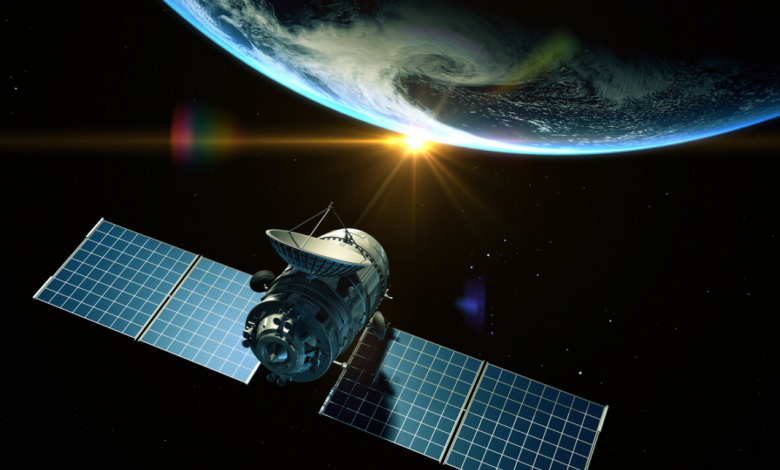A Chinese genius project..Producing electricity in space and sending it to Earth
China has announced a blueprint for a giant project that it has already started working on. Experts have considered that this project will lead to the provision of huge amounts of clean electricity at a low cost and without any energy waste or sediments, provided that this energy is produced in outer space and then sent. in huge quantities to planet earth.
The idea of the project is to launch a mile-long fleet of solar panels into space by 2035 in order to generate electricity and send it back to Earth, in an attempt to achieve the Chinese goal of preserving the environment by 2060, according to a report published by the British newspaper “Daily Mail”.
The amount of electricity equivalent to a nuclear power plant:
The Chinese government says that once the space solar array is fully operational by 2050, it will send as much electricity to China as the electricity produced by a nuclear power plant.
According to the British newspaper, “The idea of establishing a space power station was first proposed by science fiction writer Isaac Asimov in 1941, and has since been explored by several countries, including Britain and the United States.”
It will start with just one megawatt of energy, but by 2049 it will be converted into gigawatts of energy, the same output as China's largest nuclear power reactor.
The feasibility of the project is focused on the grounds that there are no clouds, night or day, that can obstruct the arrival of sunlight, which makes a space solar station a stable and guaranteed source of electrical energy with zero carbon emissions, that is, without causing any pollution to the inhabitants of the globe or to any place in the universe.
According to the information, in Chongqing, the Chinese government laid the foundation stone for the new space solar power station, and named it (Bishan), where tests will begin for this station by the end of this year, with the hope of having a large solar power station actually operating by 2030.
New project costs:
It is not clear how much it will cost to launch or operate a full space power plant, but it is expected to be operational by 2035 and to be expanded and become more efficient by 2050.
Meteorological departments say that a third of the days in Chongqing, in southwest China, are cloudy throughout the year, making it an unlikely host for a research center focused on solar energy.
However, over the next decade, a team based in the new center will test and launch an array of solar panels into geostationary orbit.
Information from China says that a test facility for this $15.4 million project had already been set up by the National Solar Program three years ago, but the project has been delayed since that time to make time for discussions about cost, feasibility and safety.
The problems that had appeared before the project were resolved and it was resumed again last June, with construction to be completed by the end of this year.
The scientists behind the project assert that “the presence of an array of solar panels orbiting about 22,400 miles above the Earth in a geostationary orbit would allow the power plant to avoid the Earth’s shadow and collect sunlight all the time.”
https://shahbapress.net/archives/27092?fbclid=IwAR1JGCoHTHGr0i5S1fdZiN3pCyqqpMv7VZjRq8gmhoTCIkQr2nBKX4eRcvg


